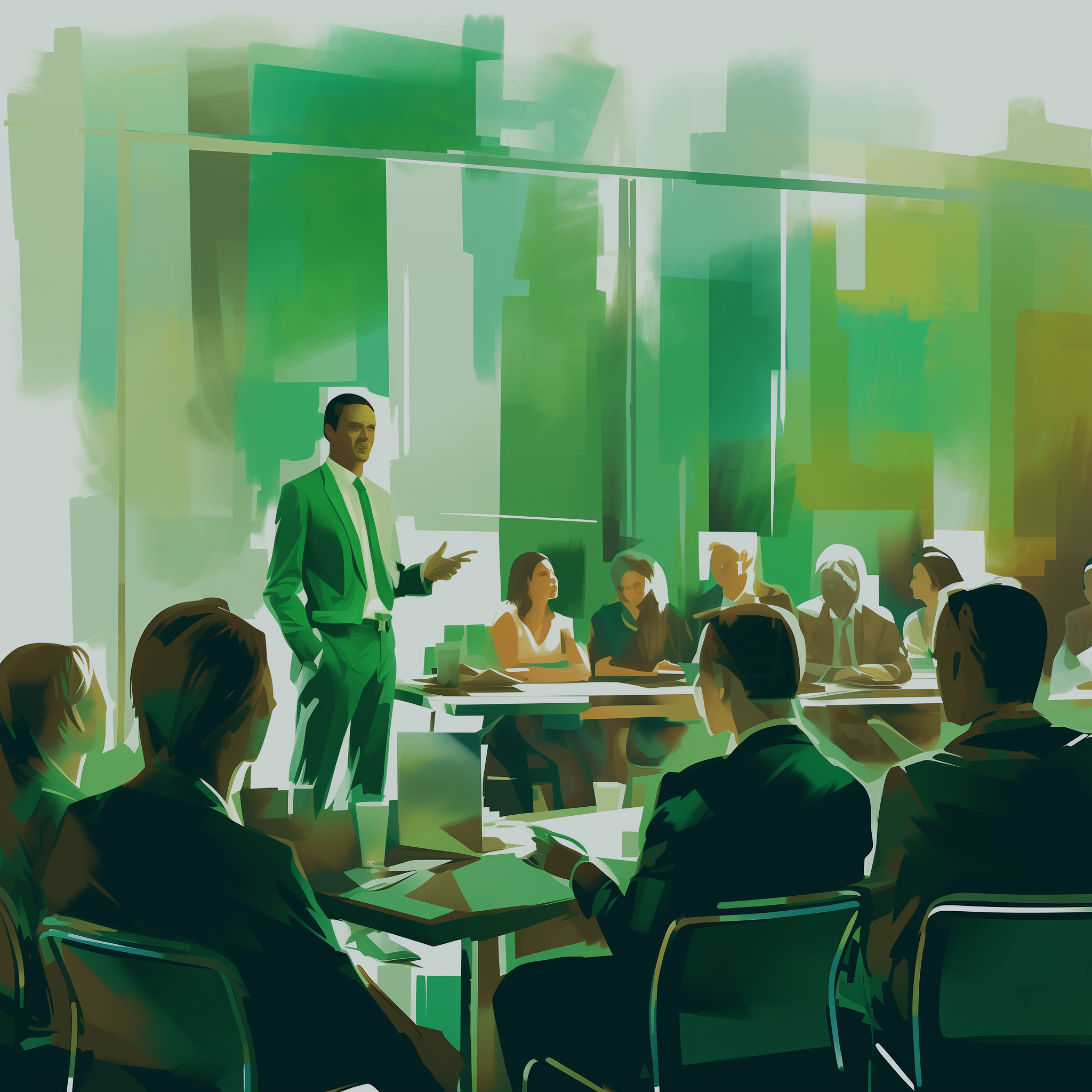Crenshaw CHRO Spotlight
CHRO Spotlight: Kevin Cox Part 1

Part 1 of our conversation with Kevin Cox, CHRO of GE, on the Model of a World Class CHRO: Chapter Two
Crenshaw Chairman Bill Glenn sits down with Kevin Cox, CHRO of GE and co-developer of the Model of a World Class CHRO: Chapter Two. The two discuss how the development of the model began, the importance of building resilience and agility in your teams, and how culture has become a competitive advantage.
Bill Glenn: Kevin, thanks for taking the time today and first, congratulations on chapter two of the Model of a World class CHRO and the work that you and Carol Surface led with your core team. Today we'll cover a wide range of topics, but let's start with this. I know you've done this several times before, but can you briefly overview the catalyst of the original work in 2017 and what caused you all to refresh it?
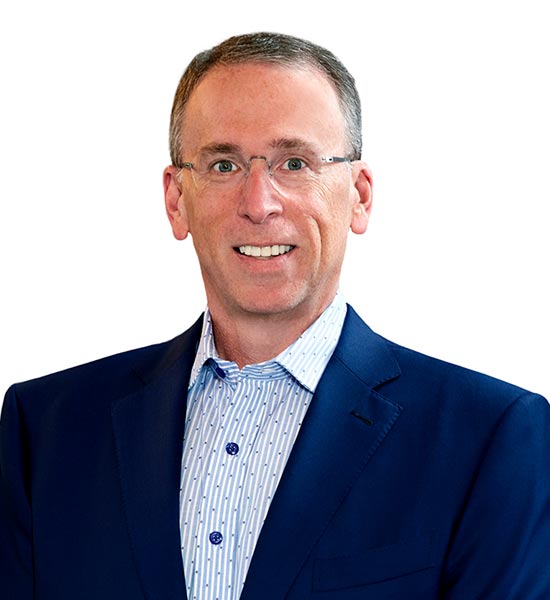
Kevin Cox: Sure. Bill, it's good to see you and I really appreciate the chance to talk about this a little bit. You know, I've known you a long time as a general manager and then as a CEO and now as a chairman. You've always shown more interest in the role of HR and the importance of HR. I really appreciate the chance to talk to you about it a little bit today. It's just kind of nice to see that progression. In 2017, a group of us got together and to be really frank, which I'll be on this whole podcast, we were sort of frustrated. I think a lot of innovation maybe is born out of frustration.
But we were frustrated that we were talking a lot about how do we build capability and heads of HR. And it really became clear that many CEOs don't really understand the role of a CHRO or maybe how to use them as completely as they could or should. And many CHROs don't understand that either. And then people who maybe want to be CHROs aren't quite sure what the target looks like or what the end looks like.
So, we have all this energy kind of moving around in many different directions and the name of the game to us was, “Could we create a model?” Kind of think about it like a GPS system. Could we draw a picture of what the destination looked like and could we define what the best in the world were doing. And we really did.
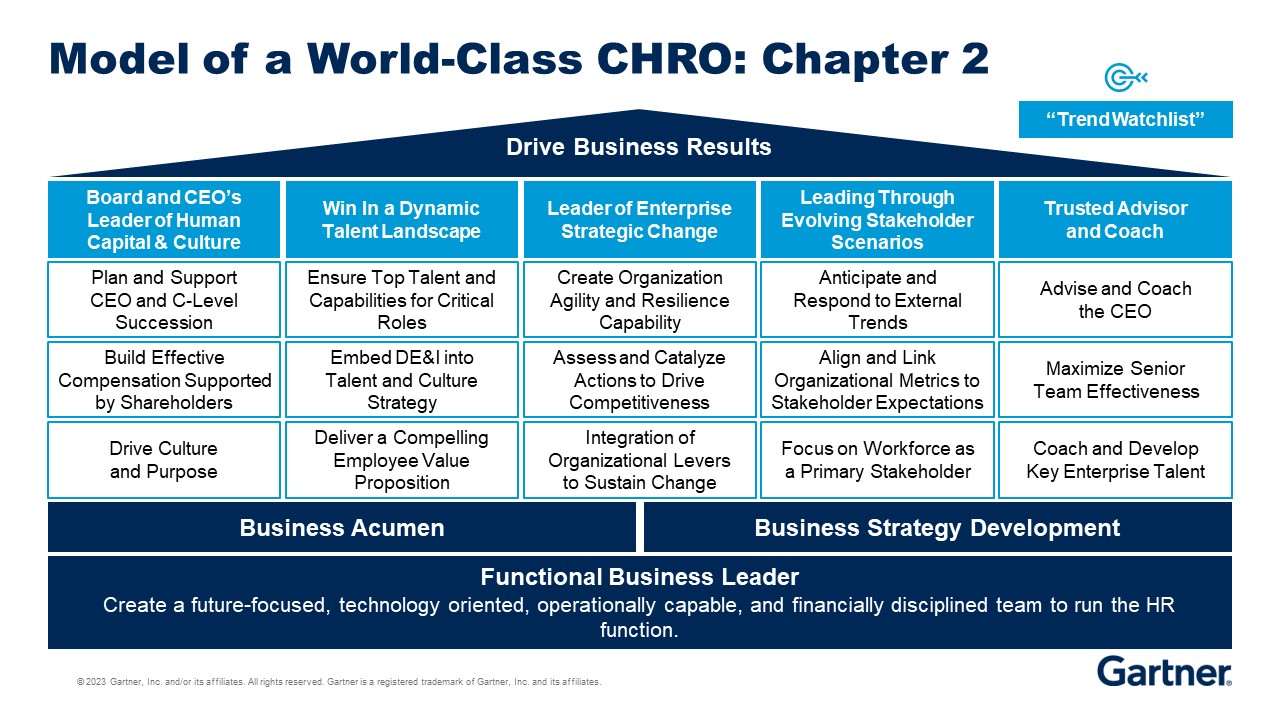
I mean, Carol and I were partners in this but we had a lot of help Bill, from CHROs literally all over the world. We were working with CHROs in China and Europe and the US- all different industries. It's not easy to get that many people to kind of converge around anything. But we felt like that the original model back in 2017 did a pretty good job of saying, this is what it could or should look like.
Now, I'm pretty proud of the shelf stability of something that lasted four and a half years. We were always looking at: Is it time to change it? Should we tweak it? Should we adjust it? And we kept coming back to the point where it was serving its purpose. Let's let people learn it and understand it, and let's not be so quick to keep changing it that you don't really understand and have a chance to learn in the first place.
Well, I won't blame it on the pandemic as we blame most things on the pandemic, but, you know, the role of HR definitely shifted through the pandemic. And as we were coming through that last year we said, I think it's time. And that's really what led to chapter two that we are here to talk about.
I don't think the changes in chapter two are revolutionary. I think they're meaningful adjustments to the original model. But it's not a sort of an overhaul or a let's start over. I'm proud of the fact that it's got that kind of permanence and that kind of shelf life.
It's had some really great uptake from all over and It's free. One of the other conditions that we had in the first principle was: this is open-source kind of work. You know, nobody's making a dollar from that model. And we offer it out and we try to put it out there just to build capability and to utilize HR the way I think it could and should be utilized.
Bill Glenn: Thanks for that. It really is meaningful and timely work. I've talked a little bit about, in the last three plus years, the role of the CHRO and the HR function. That the role and responsibility to the CEO and the organization is analogous to what the CFO and the finance department was to the CEO and the company during the financial crisis.
The difference is that the financial crisis was episodic. Changes that you all are faced with and the impact on the organization are really sustainable. So given that, and maybe it just ties into your answer originally: How has the work of the CHRO and the function changed and how does it get you energized as you go through all this disruption and change?
Kevin Cox: You know, Bill I'm really lucky. I've been a head of HR for almost 25 years, which is sometimes kind of hard to say but that's true, in three really different, terrific companies: Pepsi, American Express and now here at GE. And I remember in the earlier part of my career, HR spent a lot of time talking about this sort of sad story of do we or don't we have a seat at the table?
That was the expression you just heard all the time. Do we have a seat at the table? And what's been fun, and I think energizing is a great word- I feel like HR has kind of moved up the stack over that period of time and now I don't hear anybody talking about whether we have a seat at the table or not.
Really the conversation is how do you take full advantage of that seat at the table? How do you have the maximum impact? How do you make the biggest difference? And to be honest with you when nobody else is watching, some of us get together and say, “Are we keeping up with the expectations”, which seem like they rise every day.
I mean, I will tell you, having been in my share of boardrooms in my day, the questions that board of directors are asking that directly hit HR sort of right in the bullseye are hard questions. They are demanding questions. Now you said energized. I am energized. To get a chance to take a swing at those questions is great. It's not an easy thing to do, so be careful what you wish for. We’ve moved up the stack and now I think we might be playing at the most senior levels of the organization where we're having that kind of impact. So, it's very energizing. Now, more directly to your question, what has changed?
I feel that most of my earlier days and years in HR were internally focused. We spent a lot of time on how do you get the organization to operate the way it was designed? How do you get talent to rise to its level of capability? Very internally focused.
This world we're living in right now has all of that and then there's this external layer that has gotten bigger, louder, more visible, with investor connections to it. There’s just a lot going on there. So I think an HR head now has to think a lot about the inside stuff same as always and much more about the external side of that, which we could talk more about.
Sometimes it's exhausting, but nine out of ten days I get out of bed pretty fired up to be sort of working in a function that maybe is in its golden days. It’s a great time to be in HR.
Bill Glenn: Building on that, I would say one of the strategic pillars in the model is to be the leader of enterprise strategic change.
And given that- and it may feed into your last answer- how do you account for and address the sheer velocity of internal and external change from organizations that now have maybe four generations of employees and to what Tom Friedman actually said in his book ‘Thank You for Being Late’, which is that the pace of technological change now exceeds anyone's capacity to catch up or stay ahead of the curve. And then [there’s] hybrid work.
What muscles do you need to build? Not just in the CHRO but possibly in the entire HR function to keep up?
Kevin Cox: Maybe the entire company? Do you remember that term VUCA? V-U-C-A. It stood for volatility, uncertainty, complexity, ambiguity. You would say we're living in a VUCA world.
That term actually goes back to 1987. So, it's really interesting to me. I remember first hearing about it, it maybe even had some military connections, that the world is just much less organized and much less cause and effect than it used to be. And that was in 1987. How many years ago has that been now?
Here we are in 2023. I would take the stability of 1987 over 2023 all day long. But the most important thing I remember learning and being sort of trained on back then is if you're thinking that VUCA will end and it will go back to sort of normal, you've missed the point completely.
It will never go back to what it was. And I think today, the world that you're describing that we're living in right now or that Friedman's writing about- it's VUCA to the power of 10. It’s just exponentially more complicated, more ambiguous than it's ever been. So, what do you do to deal with it?
Credit: Kevin Cox, CHRO, GE
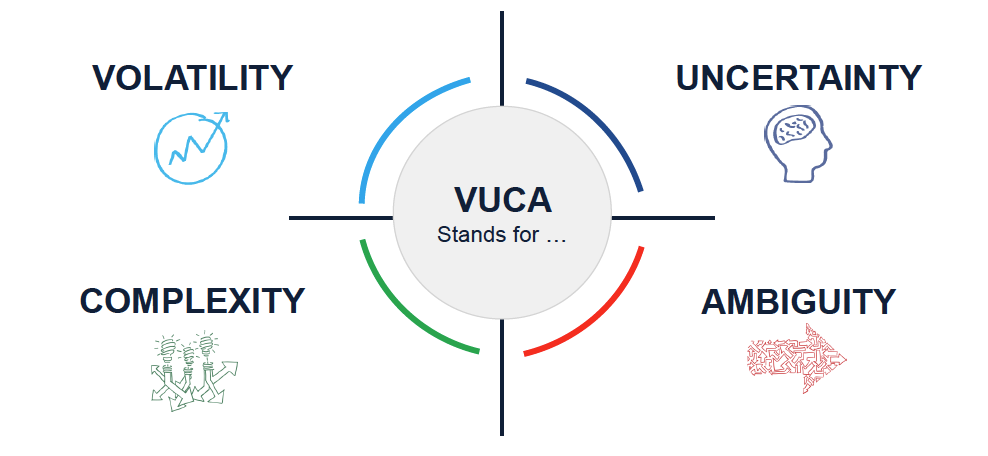
These two qualities that keep showing up to me, resilience and agility, I would say are the muscles that one needs to build to be able to keep up with this. I do think it's like a muscle. Some of us are born with it, with muscle. But whether you are or you are not, you can make that muscle bigger and stronger no matter what your starting point is.
You can work on resilience, you can build agility and I think that's what needs to happen. In your question, I definitely think that needs to happen to us HR people. We’ve got to do our share of it but I think one of our jobs is to build that kind of resilience and agility in our organizations. In our general managers, in our P&L leaders and our functions whatever that might be. I just think that's incredibly important.
Yesterday, last thing I did before I put a wrap on the day was I interviewed a pretty senior external executive for one of our big jobs. This person has been wildly successful in the company that they're in right now. No doubt about it, any way you want to measure it. But my questions really go back to what you just asked. What I was trying to figure out when I interviewed him was how much resilience would he have for our context? Like how much of that success is portable from situation A to situation B? How agile is he? Is he going to come in and try to run the same playbook that's been for sure successful in the system he's in right now? No doubt. But is that same playbook going to be successful? Or will he be agile enough to keep the parts that work and either add or subtract kind of different parts for our context? Those are a couple things that I would say you can't have enough of. To constantly work on that and invest in that, I think, is a really important part of how you deal with this kind of complexity you're describing.
Bill Glenn: Talk a little bit about culture. Culture's been around forever, right? And various culture quotes have been there. From it eats strategy for breakfast... I actually think it devours execution. How do you think about culture? Not just understanding how an applicant, the senior executive that you interviewed, would adapt to GEs changing culture? How do you think about it both as maybe a metric or something to change and evolve?
Kevin Cox: I guess I would start by saying over those same 25 years I've been doing this, I have developed a greater respect for culture. And I told you, I'd be super honest with you here. I would say in my early days I probably sort of made fun of culture. I thought it was kind of a soft and cloudy kind of fuzzy subject. And then I started to understand it's really the glue that holds an organization together. It is hard to see. It is hard to measure, just like the wind is hard to see, but it's a big force if you're out there in it. So I think it moved, to me, from something that was interesting to something that was the glue.
Now I think it's maybe a competitive weapon. I think it's been promoted in my own mind to something that's very worthy of study, very worthy of investment and very worthy of trying to get right. Most people still think about culture as what if it goes poorly? What if you have a sort of a toxic culture or a negative culture or what's the risk associated with that? Boards think about that a lot, right? Is there something in the culture that creates speaking up risks, truth to power, things like that. For sure boards should think about that.
I jump over on the offensive side, you know, how can culture be this force multiplier and how can it actually make strategy more successful? How can it make execution more likely to happen? And mostly how can you make it more sustainable. Bill, anybody can play good game for a day or two, or a week or two, or maybe a quarter or two. But playing a great game over the long term in such a constantly changing environment. I think culture's the only weapon you really have as a CEO. So, we spend a lot of time on- what is it, how do we want to bump it or change it and how do we want to sustain it? That's something that I think all heads of HR, and to be really frank, CEOs should think more about.
Bill Glenn: I think I've told you this before, one of our CHROs, your colleagues, said to us about a year ago that she's really concerned about the mental health of her c-suite team. Part of that led to some of the work we did on resilience and agility.
Kevin Cox: Well, I think it still has some stigma to it, Bill. I think in too many places it's sort of viewed as a chink in the armor or maybe you're not as strong as you need to be to kind of deal with something like this. That's a really unfortunate stereotype that I think a lot of people have about it. I think that burnout is something that we ought to be able to talk about a little bit more freely right now. I mean coming out of this pandemic- if we are coming out of it and I hope we are. You know boundaries have become more blurred than ever. When does a day start? When does a day stop? When is it okay to be with your family? When is it okay to take a vacation day? I mean the sort of fundamentals that maybe help you keep some balance in your life- those have gotten really radically shifted right now. I think it needs to become okay to talk about that.
I think executives can demonstrate more leadership by behaving in a way that really allows things like that to be okay. Most companies I know, including my own, have put more investment behind wellness and mental health. We've provided resources. We've talked about resilience. We've done some training on that. All of that’s great. But little of that matters if you don't have senior leaders who are walking the talk and who are making the subject legitimate and okay to deal with. I’ll give you an example- in all this hybrid work that we're in and virtual work and places where we're doing a lot more on Zoom and teams and things like that.
When I do an offsite right now, which I'm back to doing with my team, and I'll take them someplace pretty nice, some part of the agenda is solely dedicated to wellness. Some of it might be dedicated to meditation. Some of it might be dedicated to nutrition. Some of it might be dedicated to relationships. And that stuff can seem kind of soft and that can seem a little bit “program-y.” But I will tell you that people really appreciate not only the content but maybe the permission to let that be an okay subject to talk about. It's got a legitimate placement in the agenda.
I love the programs. I love the apps. I love a lot of the books. I love a lot of the things that are out there. But I just know that we still work in a place where people spend a lot of time looking up the ladder to see what senior people are doing and if they're doing the right thing, they'll follow. If they're doing the wrong thing, they'll follow.

Sign up for newsletter, blog and article updates
Most Recent Articles
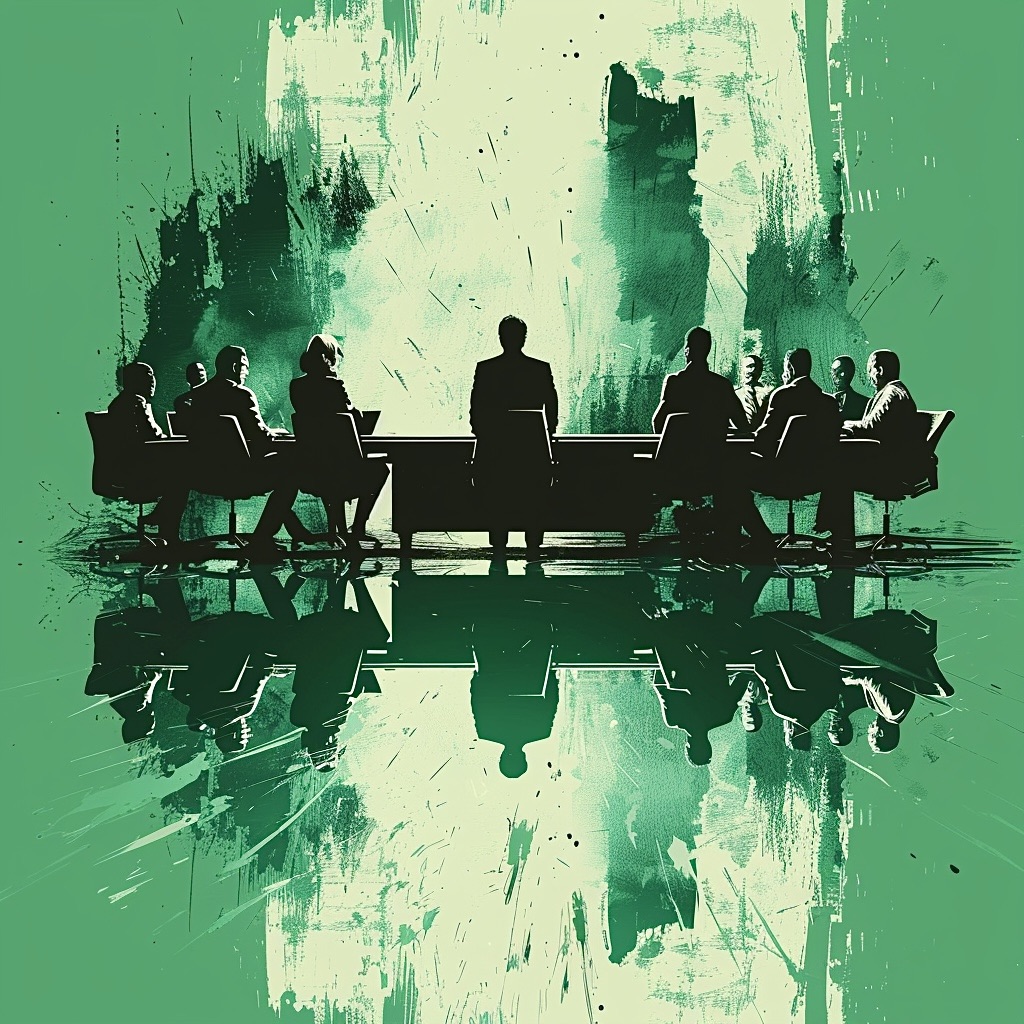
Effective Decision-Making in a VUCA Environment
How leaders facing evolving VUCA environments can optimize their decision-making and leadership approach to adapt,...
How leaders facing evolving VUCA environments can optimize their decision-making...



